1) I find myself having difficulty brewing tea away from home these days to my satisfaction, mostly because my setup is very specific and quite different from what you find elsewhere. I’m sure many of us have our quirks in our brewing setup, some more esoteric and specific than others, but generally speaking, the more you change the brewing settings, the harder it is to replicate good results. When everything ranging from wares to water to the tea itself has changed, the likelihood of success is relatively low. Note how in tea-brewing competitions, the competitors are often using their own teaware and I think often know what style of tea they’re brewing beforehand, so there’s really not a lot of variable they have to control for.
2) Partly because of the abovementioned difficulty, buying tea away from home is also a difficult thing. First of all, you are tasting at someone else’s place, and you have no way of trying it out at home, because you’re away from it. You can’t just take a sample, go home, and try it out. What you get at the store is likely what you will have to deal with. Also, you are limited by your luggage space. I bought 500g of a white tea, and it’s enormous – the tea, because of the way it was processed, has very broad leaves and eat up tonnes of space. Whereas 500g of compress pu is just one cake, 500g of this white tea is two large bags that fills up my entire backpack. I wanted more of it, but simply cannot carry more. I’m going to see if there’s a way for me to get the seller to ship it to me, but that’s a real pain even if I were in China.
3) The Beijing tea markets are getting bigger, and things are getting more expensive. There have been a few tea malls that are now open that didn’t exist back in 2007, and another brand new one is under construction. It looks posh, and I’m sure will be filled with finely decorated stores. This is the other trend – things are getting more expensive here, and there’s no turning back as the country gets richer. The average restaurant worker in Beijing is earning about 2-3x what they used to when I lived here, and my friend L was complaining to me how he couldn’t find someone willing to help out at his store with an offer of 1,500 RMB a month plus free living space. Now it seems like the going rate is 1,800. While that’s still pitifully low for Western standards, it speaks volumes about what people can afford and how much they’re willing to pay. Prices I’ve heard quoted for old tree puerh raw materials are anywhere from 300-800 RMB/kg, depending on the area.  Prices for new tea, of course, are quite high.
4) One positive from the higher prices is that things are getting prettier, although of course, you have to pay for pretty. A lot of stores look nicer now, are using nicer wares, and serve you tea in nicer cups. Packaging for tea is getting better, and even the paper used to wrap puerh cakes are no longer of the toilet paper variety. It does make for a slightly more pleasant shopping experience, and in the case of teaware, you can find some pretty decent looking wares out there for not a lot of money. I’m quite tempted by a celadon fairness cup, but I might pass, just because I almost never use fairness cups in the first place.
5) Serious tea makers are getting better at it. I remember visiting this shop in Maliandao that was run by two brothers in 06/07, and their teas, which they pressed themselves in Yunnan, were decent, but not great. I went back there today, and the tea I tried were some of the best young puerh I’ve had in quite some time. The ones who entered the game and stayed in the game are now a few years wiser, and some, like this brother pair, are getting quite good at it. The tea is expensive, but I think well worth the money, so I shelled out for a few cakes. I would’ve probably gotten more, if not for the abovementioned limitation of space.
6) Having said that, it’s still quite hard to find anything really decent unless you know already where to look. Shopping in tea markets is not really for the casual traveler. There’s a reason, for example, why few locals visit these places, never mind foreigners. It’s hard looking for good tea when there are literally hundreds of shops all packed inside a two block radius, and it’s only getting harder with more and more tea malls being built. Sometimes I find things because I get lucky, like this white tea, but sometimes you just have to know where to find it, like this brother shop. You also need boatloads of time. I was hoping to find some decent yancha today, but most of the shops I know from back when were either dead, or don’t look too promising. There are no lack of yancha shops at all — I probably ran into a hundred in the past few days, but I didn’t enter a single one. Sitting down and tasting tea takes a lot of time, not to mention having to endure all kinds of crap because they’re not to your liking for either price or taste purposes. Finding good tea takes work.
7) It’s still buyer beware. This applies to both the end consumer, like us, and also the producers. Consumers need to be well informed – know what you’re tasting, be able to tell the difference, be able to make good judgment quickly based on one or at most two tastings, and know the prices of things out there. Producers need to know what they’re doing, and not trust their sources too much. I’ve heard and also seen enough in the past few days to know that the same stuff that used to happen in 06/07 still goes on today – people having their maocha swapped between purchase and pressing, people thinking they were buying tea from mountain X when it was really tea shipped in from mountain Y, people processing teas in woefully misinformed ways, etc. Producers, if they’re not careful, can get just as easily screwed as the consumer, except they then pass the cost of the mistakes onto the consumer. That’s why I generally don’t trust any producer who spends less than 3-4 months a year in Yunnan to be pressing cakes. Without that kind of time and effort, and not to mention the necessary building of local connections that require constant maintenance, most vendors simply cannot get the tea they think they’re getting.

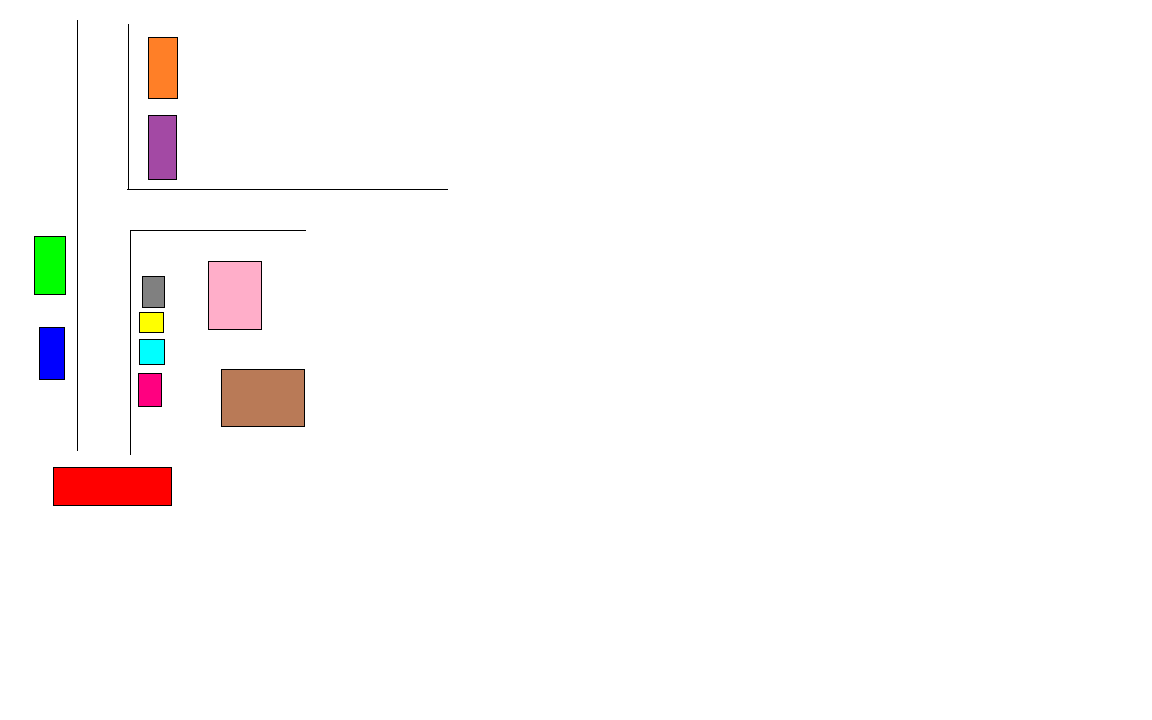
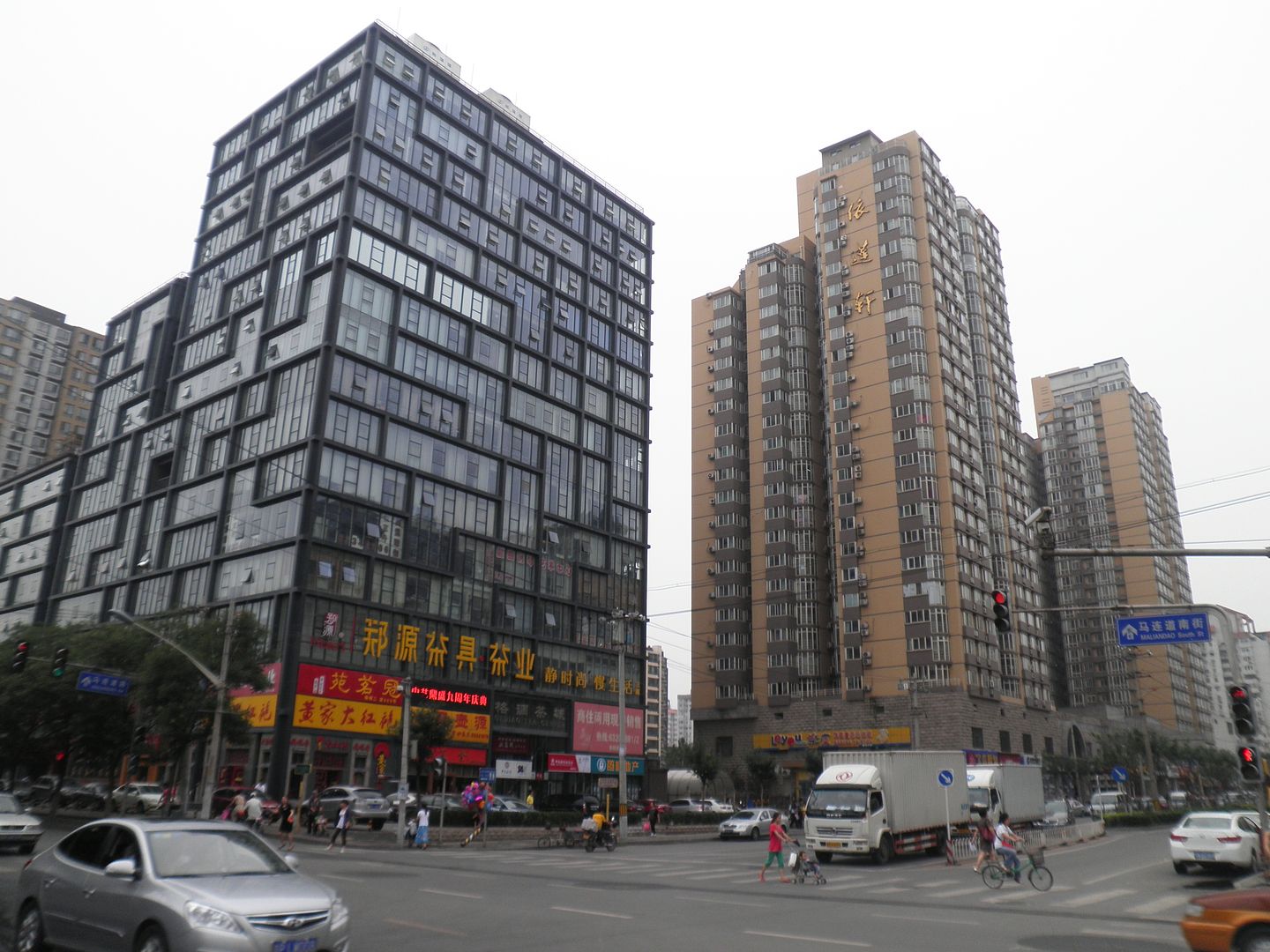
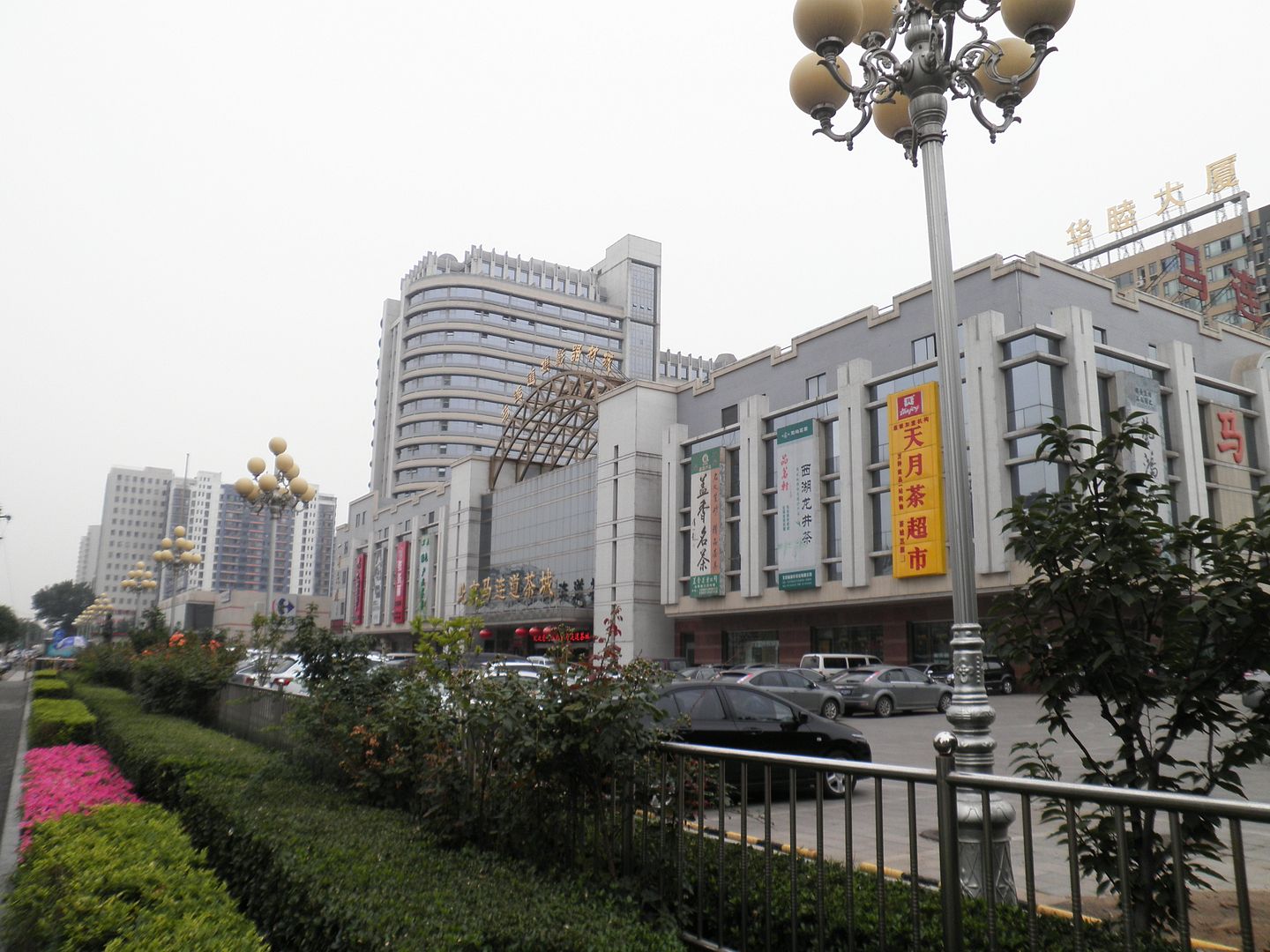

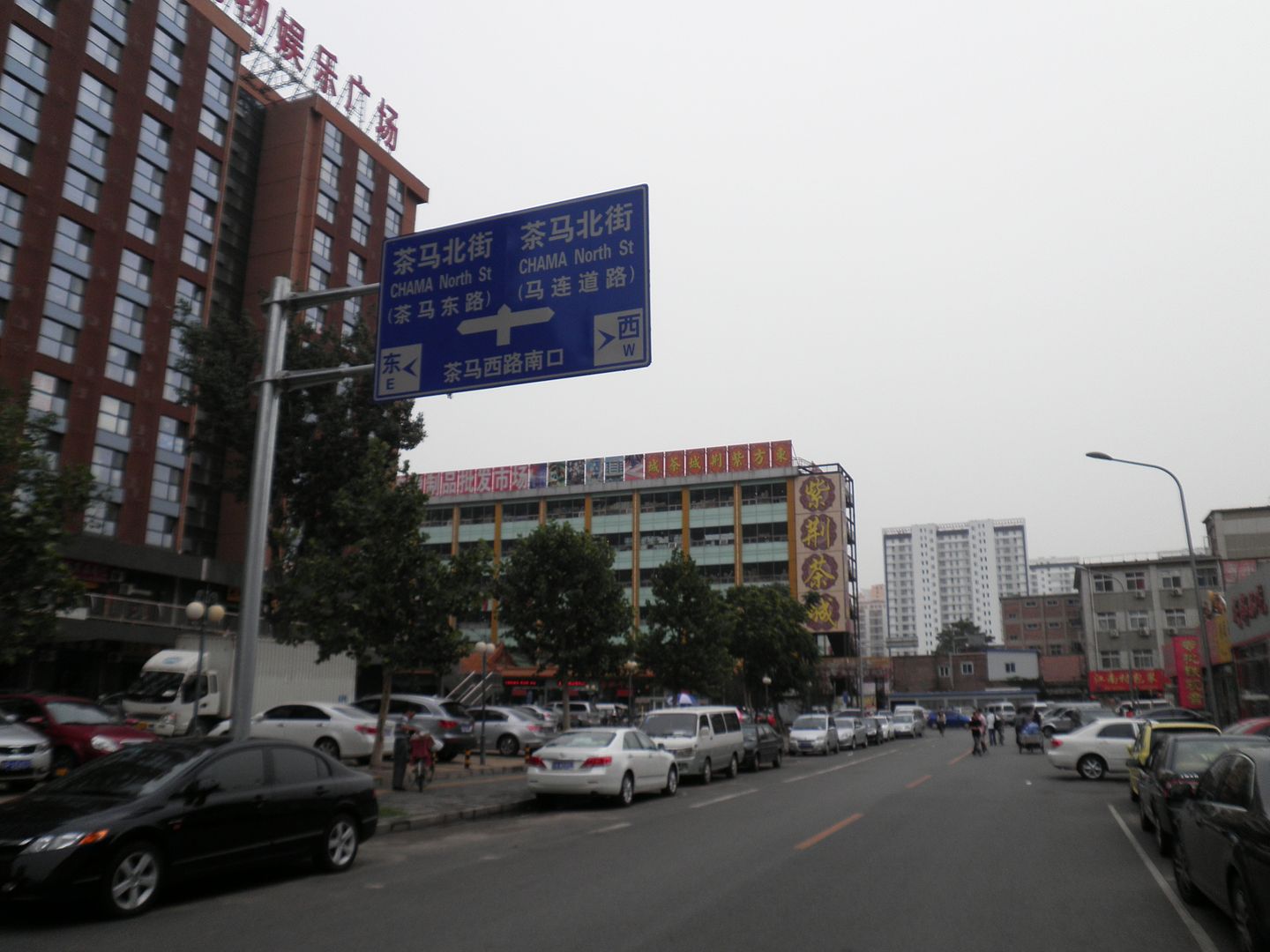


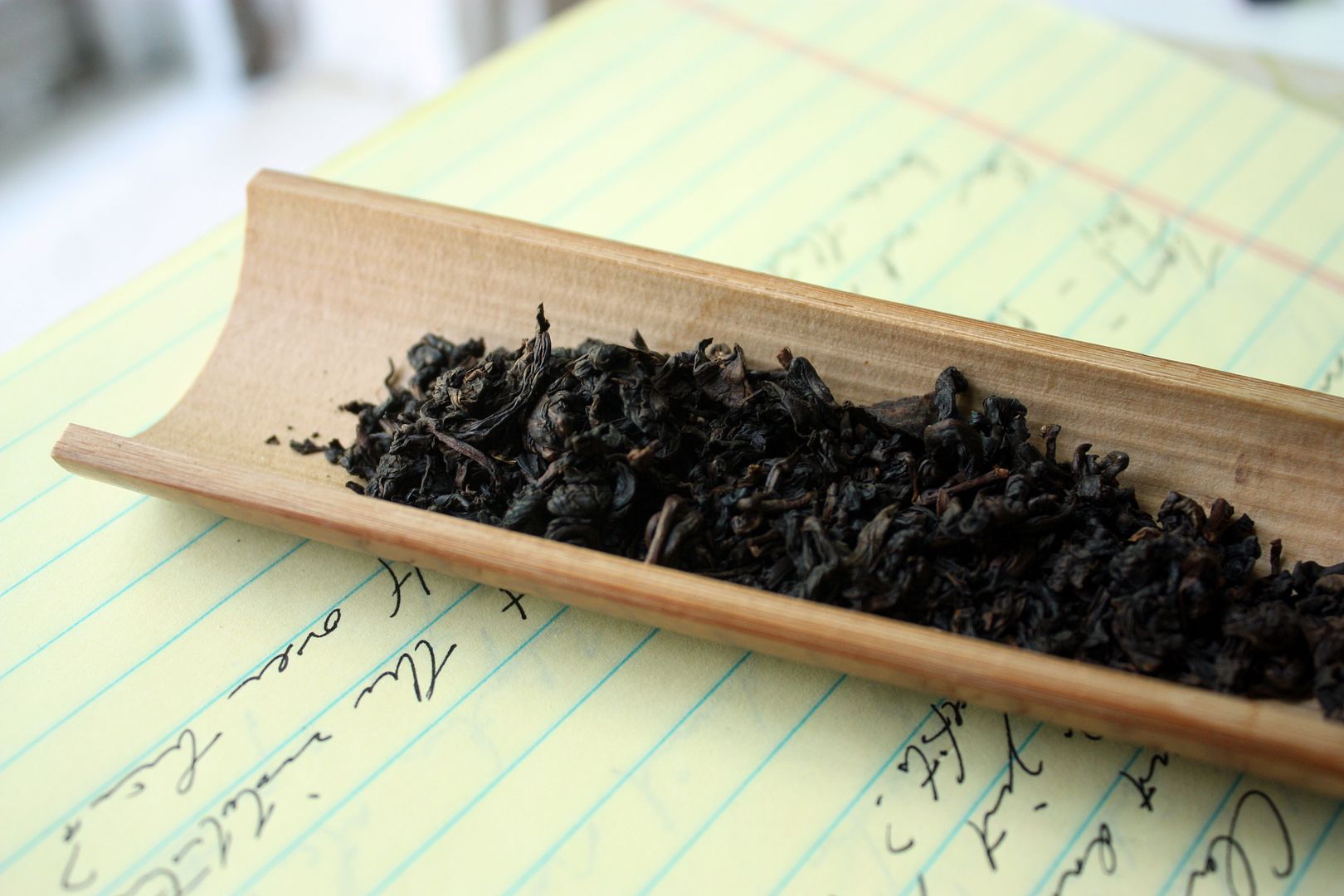



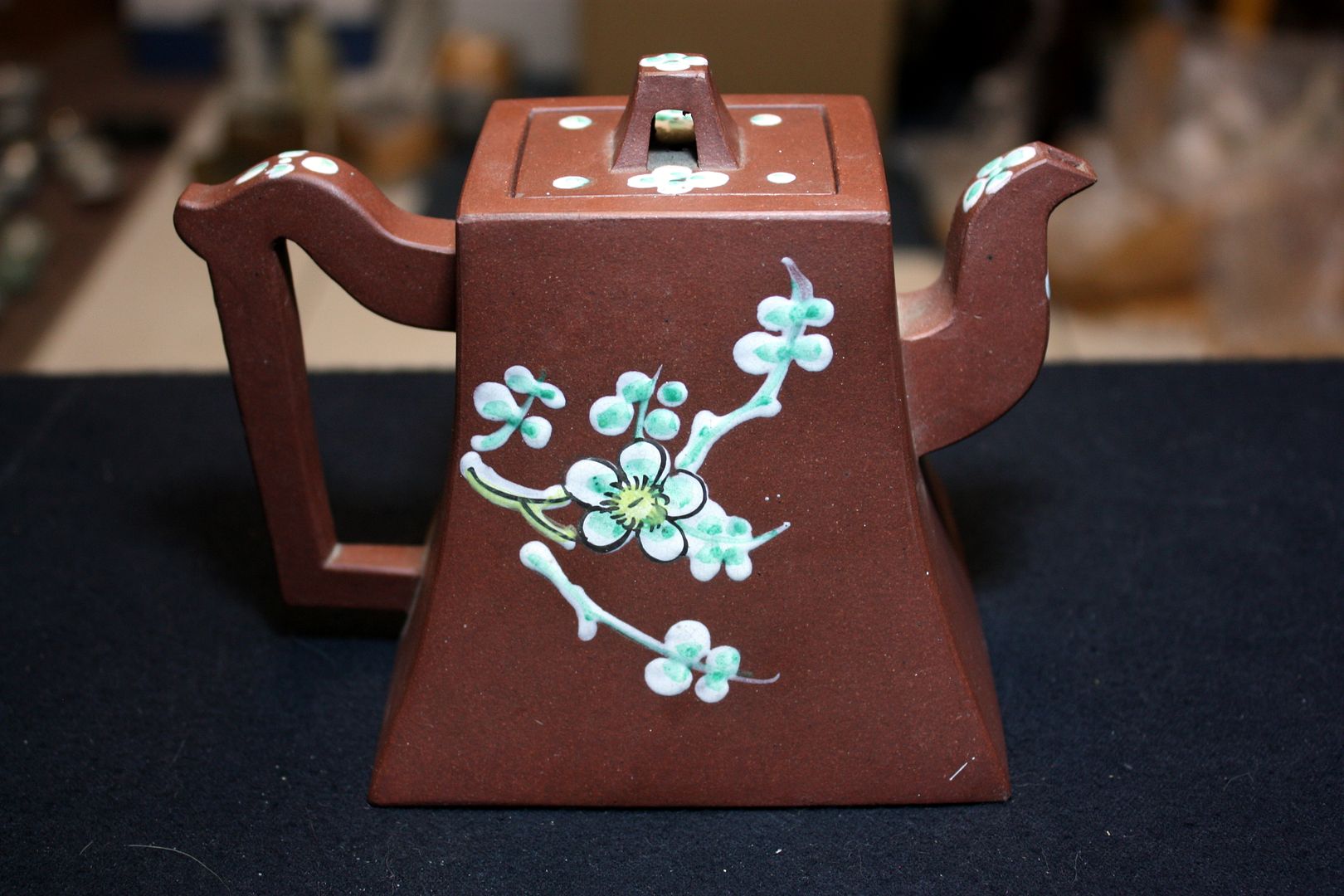
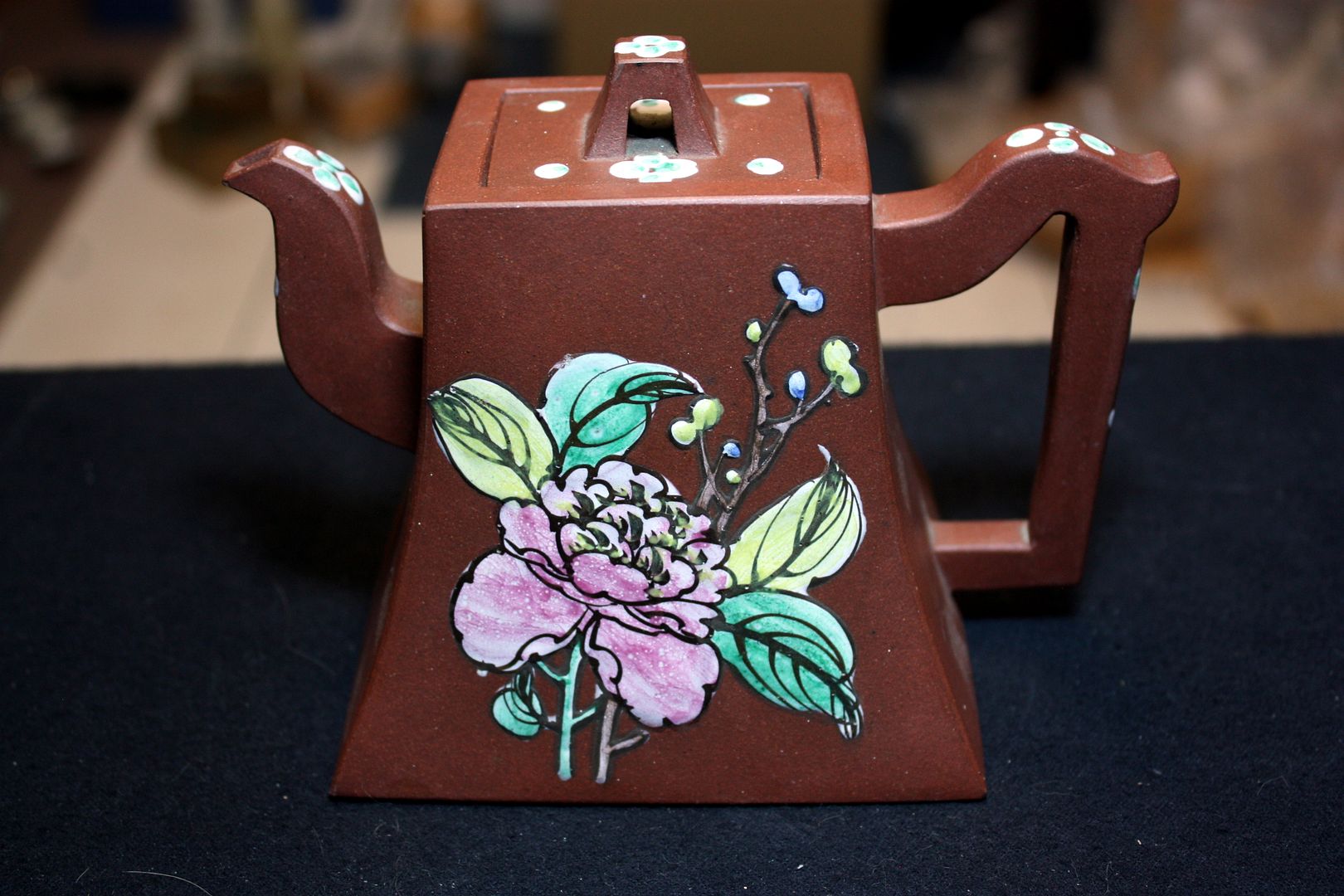

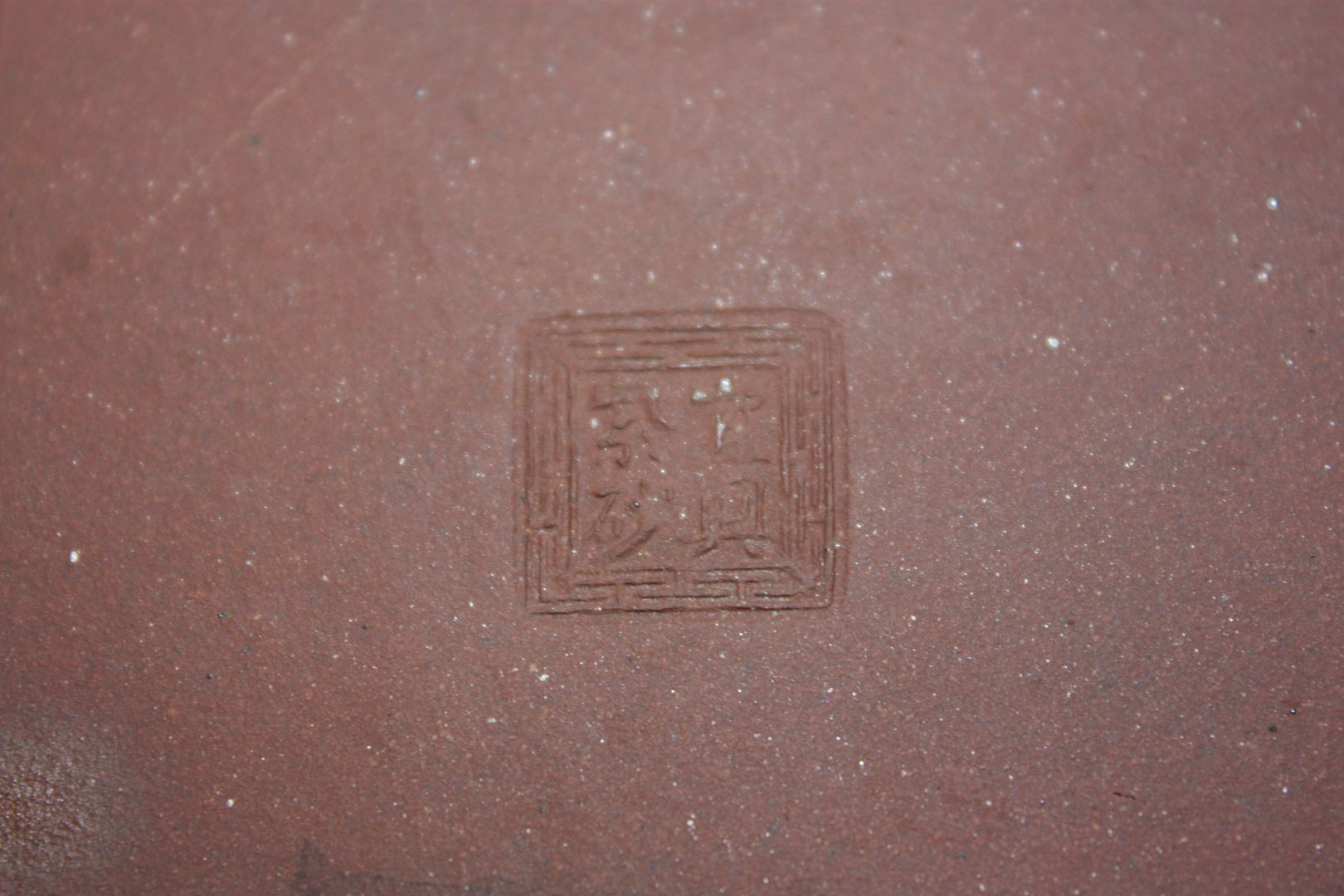
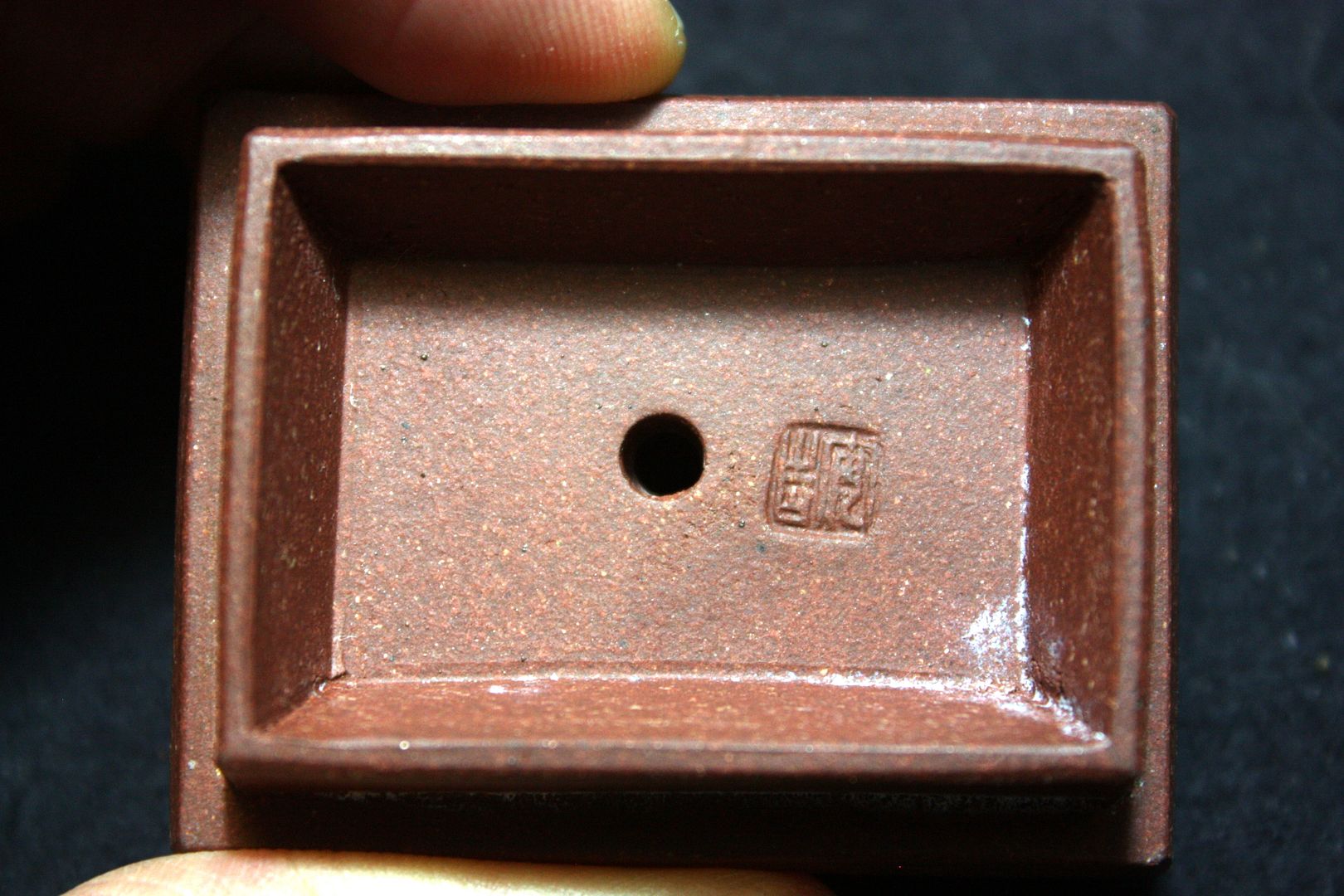
Interesting.... would 250C in my oven work?